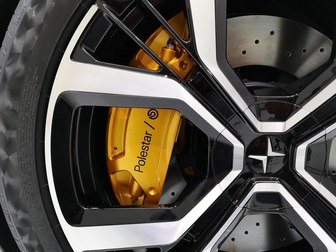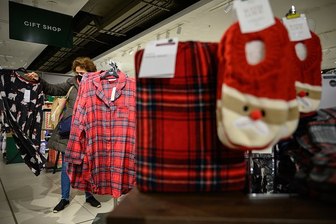In September 2021, it was announced that Jaguar Land Rover would be providing a fleet of electric vehicles to world leaders and delegates attending the COP26 climate change summit in Glasgow. It’s a partnership that serves as a high profile example of the industry’s transition away from fossil fuels – but did it accomplish much for the brand?
Data from YouGov BrandIndex UK shows that, over the COP26 conference from October 31 to November 13, Impression scores for Jaguar (a net measure of overall positive and negative sentiment towards a brand) rose from 11.6 to 15.5 (+3.9), while Recommendation scores jumped up from -1.8 to 6.9 over the same period (+8.7). The automaker, whose I-PACE vehicles were provided to senior politicians and other important conference attendees, also saw Reputation scores – a measure of whether consumers would be proud or embarrassed to work for a brand – improve dramatically: increasing from 11.3 to 20.9 (+9.6)
The event even seems to have had a positive impact on overall brand health too. Index scores – a measure of brand health calculated by the average of Impression, Quality, Value, Satisfaction, Recommend, and Reputation scores – doubled from 4.7 to 10.1 (+5.4). While metrics further down the purchase funnel like Consideration remained relatively static over COP26 (moving from 3.1 to 4.4), if the point was to burnish Jaguar’s ecological credentials, it may have worked: the public were more likely to have a positive opinion of the brand across several measures than they were before the conference.
Data from YouGov Profiles shows that seven in ten (69%) Britons think electric cars are the “future of the motor industry”, and two in five (38%) say they try to buy only from companies that are socially and environmentally responsible. Rather than being dragged into this future kicking and screaming, Jaguar’s partnership with COP26 suggests an understanding of popular sentiment – one that was, in this case, rewarded.
This article originally appeared in City AM








